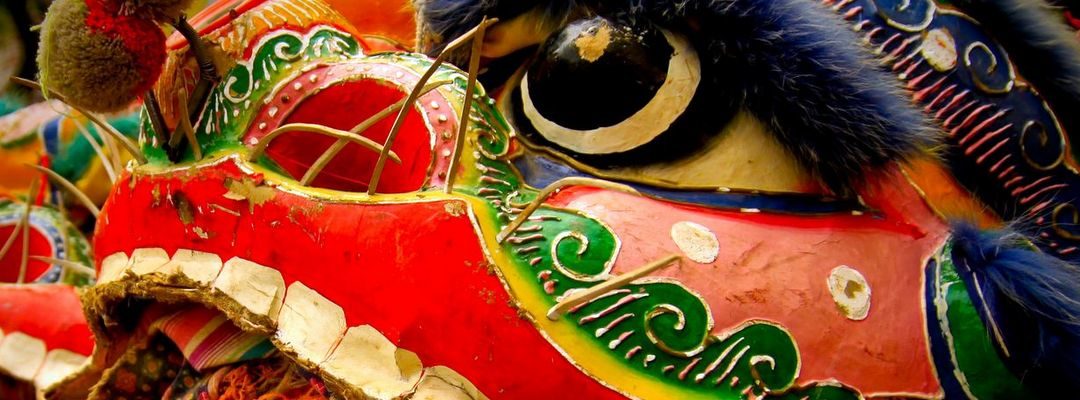How to Deal With Language Barriers While Traveling to S.E. Asia by Erica Sunarjo
So, you have picked your travel destination. South East Asia, it is! Your bags are packed, and your flight booked. You have pondered a list of sights you want to visit, With the many distinct and unique cultures in SE Asia, could it get any better? Diverse traditions, the colour of places, religions, sceneries, and many more. You are all about your trip. Have you put any thought on the issue of the language barrier between you and the residents of the nation you are visiting? What if you need to communicate with the locals, and you have no idea of their language? How to deal with language barriers while traveling to S.E. Asia?
Interacting with new cultures, meeting new people, or even tasting fresh food can be an excellent experience if you are a traveler. But it can get challenging, especially when you are faced with the issue of the language barrier. Lucky you. There are a couple of ways to ease your experience and help you connect with the people you will meet. Here are some of the tips for travelers.
Carry a Notebook
Explaining something by gesture or word may not be effective, and you can’t guarantee an internet connection will be available. Carry a notebook everywhere you go and use it to sketch some international symbols. Symbols like those that represent the airport, train station, washrooms, bus stops are relatively universal. Use your notebook to sketch something and complete the communication process.
Watch Out for Body Language
There are different ways in which body language and gestures differs in SE Asia. Getting a handle of what is acceptable or what is not acceptable is relatively easy if you pay keen attention to what others do and read a guide book in advance. A smile or a nod can go a long way in keeping a sensible conversation with anyone. Read up on non-verbal communication before you go to help with language barriers in SE Asia
Know the Basics
Get to know a few basic words before arriving. Knowing words like ‘hi,’ ‘hello’ and ‘thank you’ will help you greatly in a foreign country. Practice pronouncing essential words and seek the help of apps that translate languages or even Google translate. You might also check whether you have any relatives, friends, or acquaintances who are (or have been) in the Asian country you are traveling to. They’ll be a great source of local knowledge. Check our travel basics guide for other tips.
A Multi-Language Map Can Be Helpful
Navigating through SE Asia can get a little bit tricky because of the variety of languages spoken in the different countries; Philippines Thailand, Laos, Vietnam, Cambodia, Indonesia, Malaysia, Myamar, Singapore, Brunei and Timor Leste. Most maps given to tourists are in standard written English so its useful to also have a multi-language map. Have both languages written together so that when you are asking for directions, you can both read together and match them with what is visible.
Think of Any Related Language You Know
Depending on where you are from, some native languages or languages you have learned at school might be useful. For example, Turkish is used in some parts of central Asia. Unexpected right? So you might want to do research popular second languages in the countries you visit.
Learn to Ask and Listen
Many Asian countries are not familiar with hearing their local dialects spoken in a different accent. It’s worth trying to figure out how to pronounce a word by testing it with a native speaker. A line of communication between you and the locals is opened because you can hear the right pronunciation from the locals themselves. They also appreciate your efforts, even if they find it amusing! A sure way to break down some language barriers in SE Asia.
Have a Local Guide
With the help of a tour guide, you can more easily bridge the gap between you and the local population. A tour guide can assist you with language but also culture and help you understand the locals by showing you how to interact with the locals in a friendly and respectful way. But don’t hide behind your guide, use them as a spring board to gain greater confidence in doing things yourself.
Use Foreign Language Dictionaries or Apps
If you are planning an extended stay in the Asian country you are visiting, you might want to buy a foreign language dictionary. This way, you can look up meanings of words and translations whenever needed. If you have a smartphone or an iPhone, then you can use the google translate services. It not only lets you type whole phrases but also supports over 50 languages. Featured is also an audio feature to help with the pronunciation. There are other paid-for online tools that can come in handy, such as TheWordPoint.
Do Not Expect to Understand All Replies
Being familiar with the essential words and familiarizing yourself with the basic terms doesn’t mean you will understand everything else. You might need to ask for something other than just directions, something more complicated so be patient, avoid speaking too loudly and using more descriptive words, which may lead to confusion. You may need to brush up on your charade skills!
Let Loose and Have Fun
Hopefully, you’ll now feel a bit more confident about dealing with language barriers while traveling SE Asia. Do not take yourself too seriously or focus so hard on communicating in a foreign language that you forget to have fun. Uncover new sights, and learn new words, with time things will get easier and your confidence will grow.


